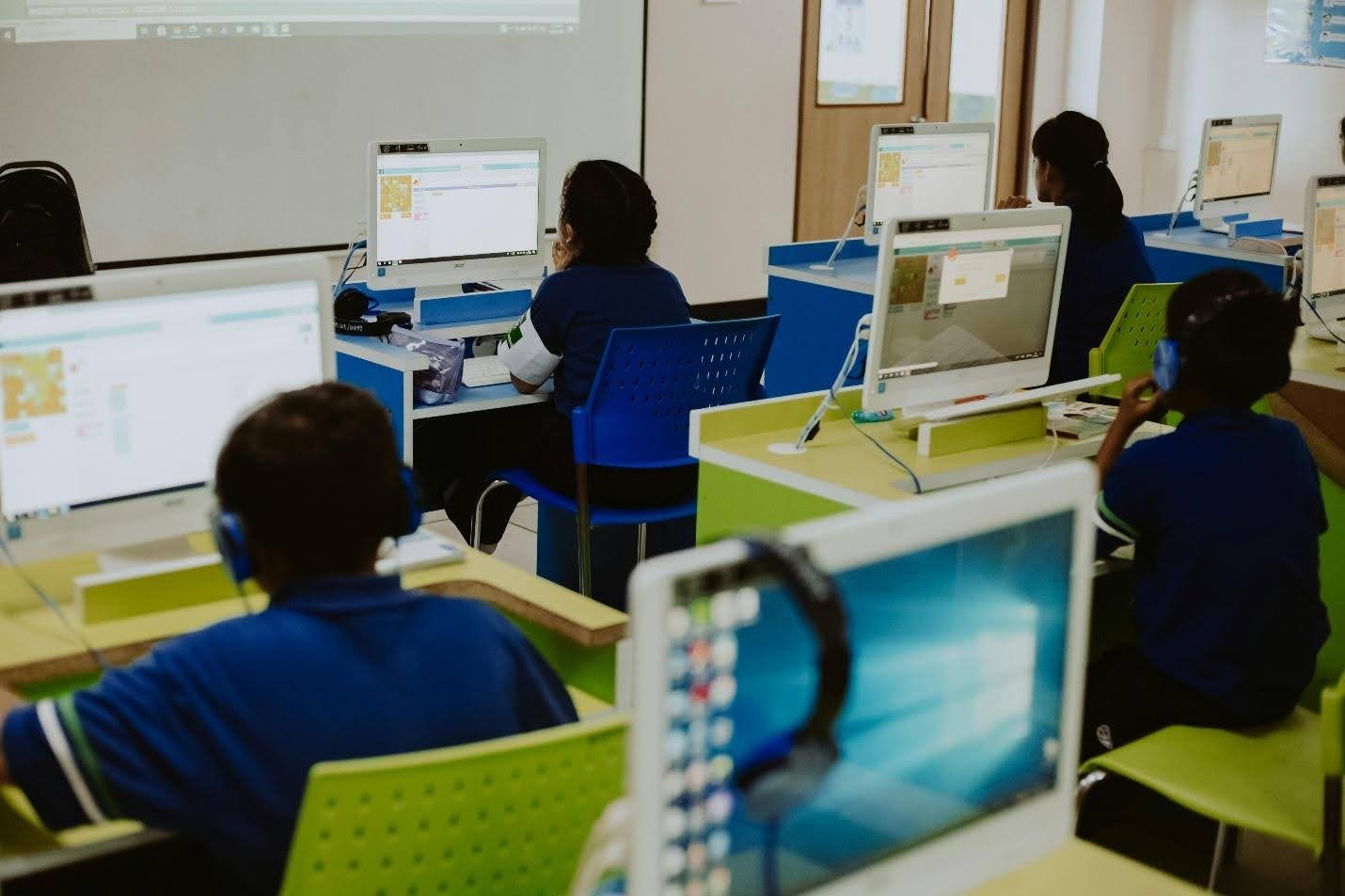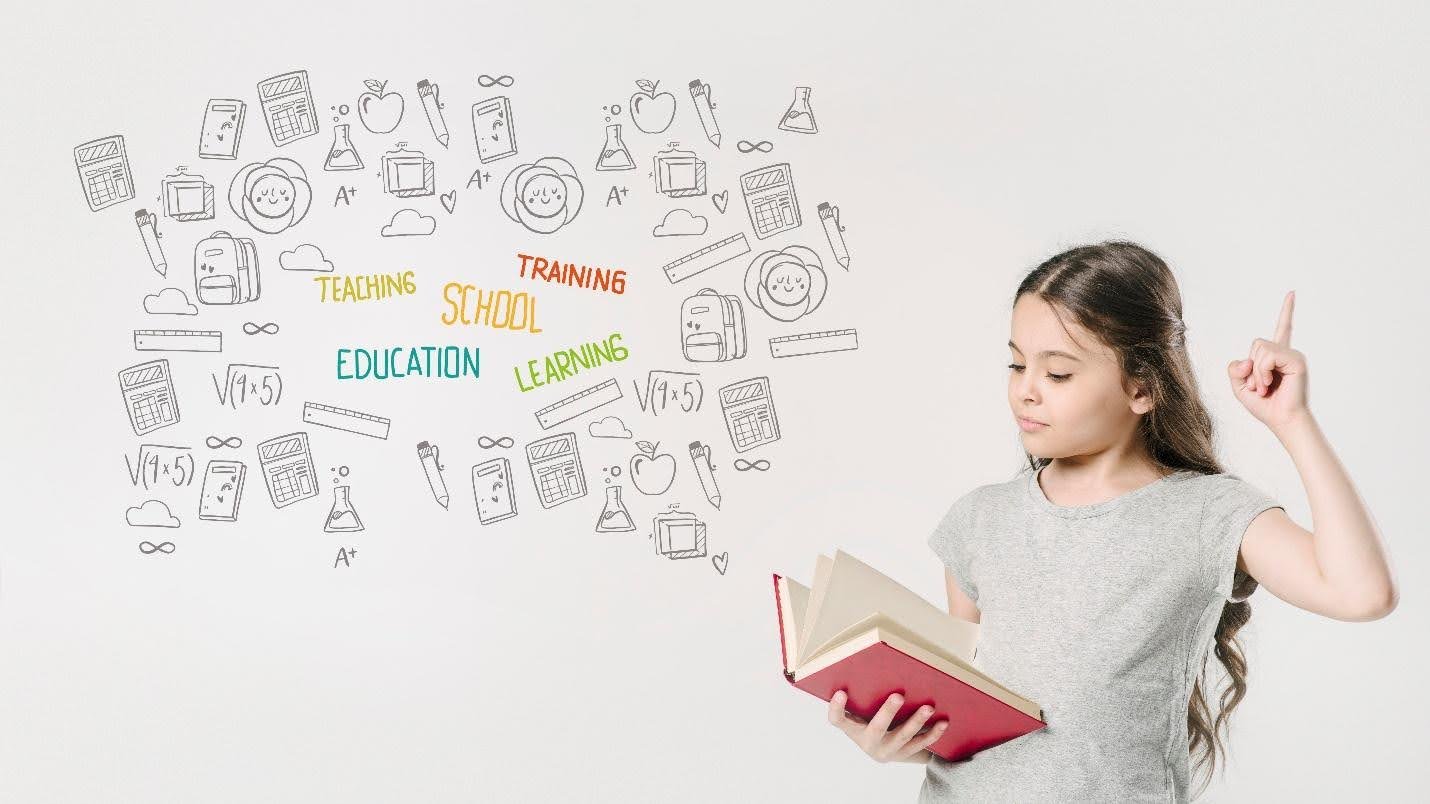The Importance of Educating Women: A Key to Global Progress

Education is a fundamental human right, yet millions of girls around the world are denied access to it. According to UNESCO, around 129 million girls are out of school globally, including 32 million of primary school age. Educating women is not just a moral obligation—it is a strategic investment for nations seeking progress. From reducing poverty to improving health outcomes and boosting economies, the benefits of educating women are undeniable.
Table of Contents
ToggleWhy Educating Women Matters
Educating women creates a ripple effect that benefits families, communities, and nations. When girls are educated, they are more likely to delay marriage, have fewer and healthier children, and contribute economically to society. Moreover, educated mothers are more likely to educate their children, breaking intergenerational cycles of poverty.
According to the World Bank, each additional year of schooling for girls can increase their future earnings by up to 20%.
Economic Benefits of Women’s Education

When women are educated, they participate more effectively in the workforce. Countries with higher rates of female education and employment tend to enjoy faster economic growth.
– Boost to GDP: A McKinsey report found that advancing women’s equality could add $12 trillion to global GDP by 2025.
– Entrepreneurship: Educated women are more likely to start and run successful businesses, contributing to local economies and job creation.
– Labor Market Participation: With education, women transition from informal, low-paying jobs to formal, skilled employment, enhancing national productivity.
Social and Health Improvements

Education positively impacts maternal and child health, gender equality, and community well-being:
– Reduced Infant Mortality: Children of educated mothers are 50% more likely to survive past age five, according to UNICEF.
– Lower Fertility Rates: Women with secondary education tend to have fewer children, enabling them to invest more in each child.
– Improved Nutrition: Educated women are better informed about nutrition, hygiene, and healthcare, leading to healthier families.
Education as a Tool for Empowerment

Education equips women with the skills, knowledge, and confidence to participate in decision-making at home and in society.
– Political Participation: Educated women are more likely to vote, run for office, and advocate for change.
– Legal Awareness: With knowledge of their rights, women are better able to challenge discrimination and violence.
– Leadership: Education cultivates leadership qualities, enabling women to become change-makers in their communities.
Challenges Facing Women’s Education

Despite the known benefits, barriers still prevent many girls from accessing education:
– Poverty: Families may prioritize boys’ education due to limited resources.
– Child Marriage: In countries with high rates of child marriage, girls are often pulled out of school early.
– Gender-Based Violence: Many girls face harassment or unsafe environments at school.
– Cultural Norms: Traditional views may limit the perceived value of girls’ education.
Successful Global Examples

Several countries have made significant progress in improving girls’ education:
– Bangladesh: The government introduced stipends and free uniforms to encourage girls’ enrollment, resulting in gender parity in primary and secondary schools.
– Rwanda: Through community awareness programs and investment in girls’ schools, Rwanda has achieved one of the highest female literacy rates in Africa.
– Malala Fund Impact: Inspired by Malala Yousafzai, the Malala Fund works to ensure every girl can access 12 years of free, quality education.
What Can Be Done?

Promoting women’s education requires collective action from governments, NGOs, and communities. Key steps include:
1. Investing in Infrastructure: Build more girl-friendly schools with safe transportation and sanitation.
2. Policy Support: Enact laws that discourage early marriage and support girls’ reentry into school after pregnancy.
3. Teacher Training: Sensitize teachers to gender-responsive teaching methods.
4. Scholarships and Incentives: Provide financial support to families to reduce the cost of education for girls.
5. Community Engagement: Challenge cultural norms through awareness campaigns and local champions.
Conclusion
Educating women is not just about individual success—it’s about transforming societies. When girls are given the tools to learn, grow, and lead, everyone benefits. Nations that prioritize women’s education enjoy stronger economies, healthier populations, and more resilient communities.
Let’s work together to ensure that every girl, everywhere, gets the education she deserves. Because when you educate a woman, you educate a nation.




